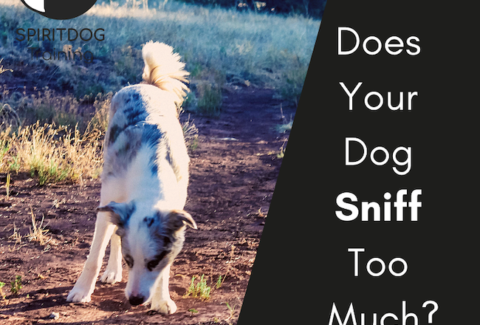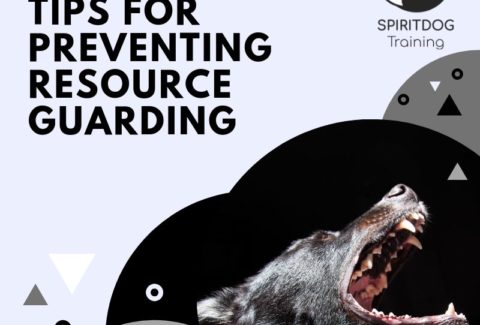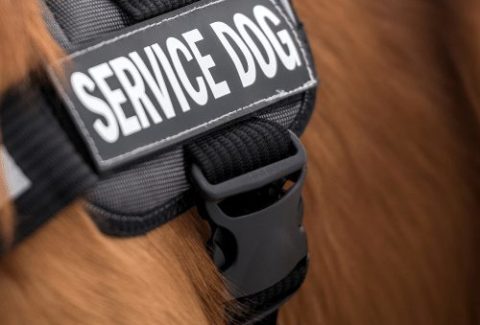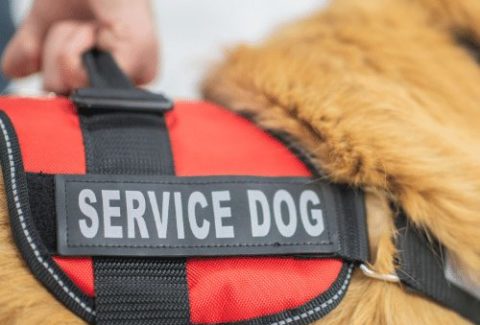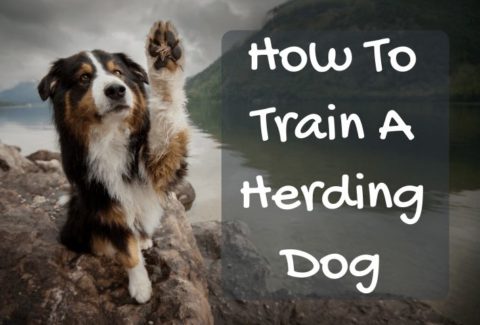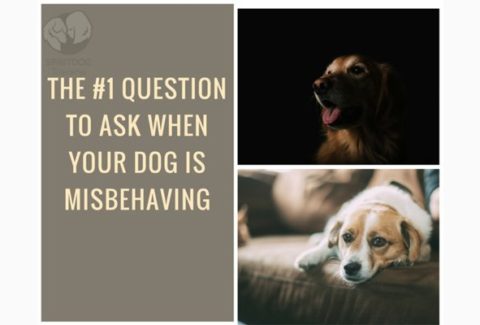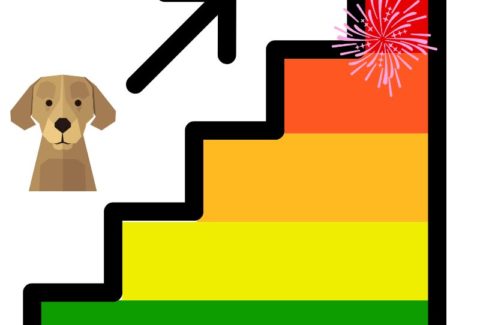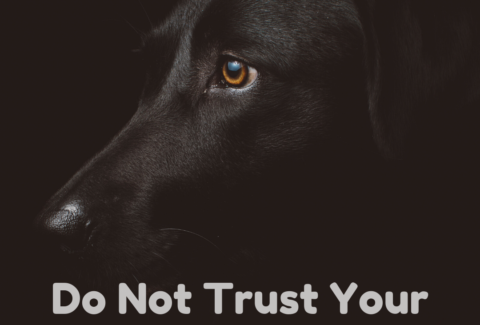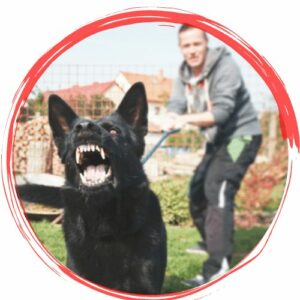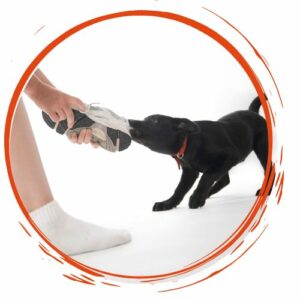The Four Most Important Dog Commands
May 9, 2021 2021-05-24 12:52The Four Most Important Dog Commands
The Four Most Important Dog Commands
Having a new puppy, or an older dog who you want to get started again with training can be overwhelming. What to start from? What to focus on? What is not crucially important?
Training twenty things at once can get confusing – more so for the human than the dog – so making a list of the things most important to you can be a good way to get organized and stay on track.
I do not generally use the term “command” – I like “cue” a lot better.
For me, “command” implies “Do it or else” – you better have a well thought-out consequence in place for non-compliance. “Cue” however means “Hey, I have a reward available – and here is a hint (literally a cue!) on how you can earn it”.
These rewards do not always have to be food – think outside the box to see how many different reinforcers you can come up with: toys, games, access to environmental rewards your dog really enjoys, or maybe even the another cue for a trick that your dog loves, like spinning or barking.
Whatever you would like to call it, here is a list of the 4 behaviors that are the most important to me.
1. Come
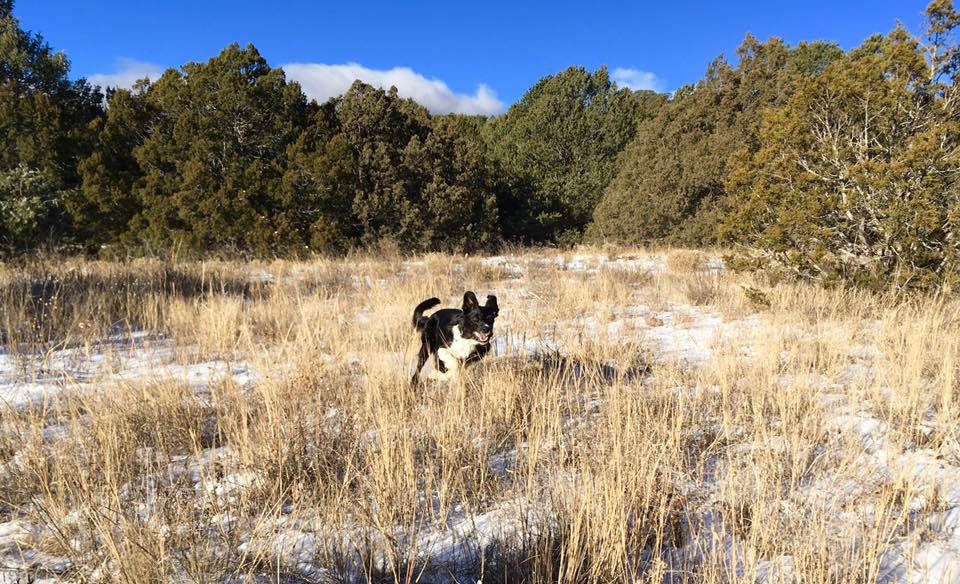
This one is obvious. Coming when called can be life-saving.
It’s not just a nice-to-have or a cute party trick – it’s absolutely necessary if you want to take your dog off-leash, or even as a back-up plan for a dog who may snap his leash or break out of his collar.
If you only have time to train one behavior, this should be it. Investing time into a dog who comes enthusiastically and fast when he hears you call his name is always a good idea. You don’t need to just stand in one place and monotonously call your dog over and over – make games out of it, practice at many different locations, and use all kinds of different rewards.
Here is a video showing an advanced recall game:
Make your dog a recall specialist – it will pay off many times in the future!
(Some other articles about this topic: here, here, here )
2. Out
Yes, giving up a prized possession is #2 on my list.
Dogs have teeth. Those teeth are very sharp, and they have very strong jaws. I hate having to pry anything from them – from a toy we are playing with over the sock they stole to the piece of rotten dead animal they found on our walk.
Using pure force to extricate items from your dog’s bite often only makes them more likely to hold on tight – they like to tug, they reciprocate your pull with opposition and they are very well aware of the fact that you are going to take their little treasure from them.
I like to teach the out as a trade, and a promise for an even better reward – if the dog holds a toy and I say “out”, that means that giving will result in a wild chase game and tugging – worth way more to the dog than simply holding on.
Be diligent in keeping this promise and your dog will out stolen steak, a dead bird, or your favorite shoe – it’s a nice behavior to have in your toolbox.
3. Walk nicely
I like to walk my dogs, a lot. I guess everybody knows this by now 😉
I don’t believe that any kind of tools are needed to walk a dog on leash – no prong collars, no choke collars, no no-pull harnesses and no head halters. All you need is a flat collar, a leash, and consistency in showing your dog that pulling does never result in getting to go where they want. More than half of my clients tell me when I first meet them that they do not walk their dog because it is not enjoyable – but it is never too late to start teaching your dog to not pull and make your walks fun for everyone.
Here is a short video showing me taking a dog from obnoxiousness to politely walking next to me within less than 10 min:
4. Down
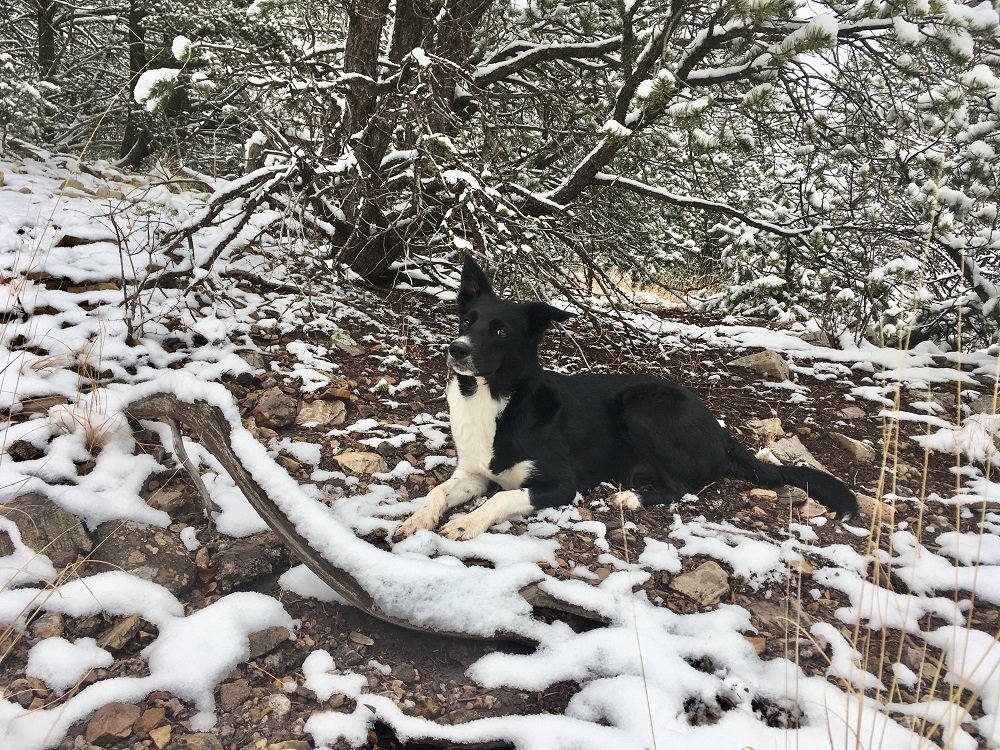
I like Down a lot more than Sit. If I had to decide between the two, I would always teach the Down.
Need to instantly freeze your dog, perhaps because the garbage truck is coming by? Ask him to down. Need to make your dog shut up? Ask him to down (dogs are a lot less likely to bark when they are lying down – this is not a bomb-proof assertion, but it works more often than not). Need your dog to just leave you in peace for a little and chill? Ask him to down.
Contrary to Sit, a dog can stay in the Down position comfortably for a long time. Teach it to take your dog along to restaurant patios and have him relax, teach it to have him hang out at your feet while you’re cooking, eating or watching TV…
If your dog is proficient at downing, advance to having him down at a distance for even more control.
Don’t get overwhelmed – just train what’s most important to you.
Happy training!

